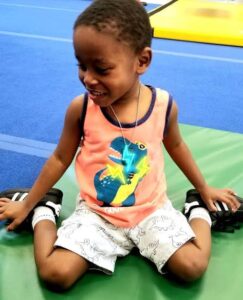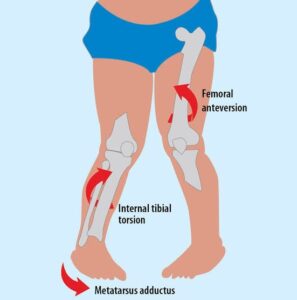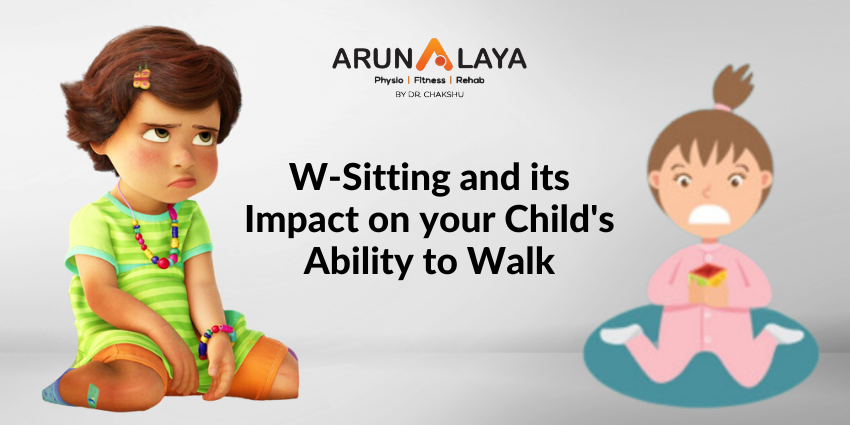W-Sitting: The Negative Impact on your Child
The w-sitting posture is sitting on the floor with both thighs rotated inwards and the feet outwards on both sides of the body (the legs make a W shape, hence the name).”

As we age, achieving the w-sitting posture becomes challenging for adults due to the gradual loss of hip mobility. This decline in mobility can be attributed to the natural growth of our muscles and bones, as well as the lack of exposure to extreme hip flexion in Western cultures.
In contrast, children find it easier to adopt the w-sitting posture. Their hip joints possess greater mobility, and they often spend significant amounts of time in positions with flexed hips. It is common for many typically developing children to occasionally transition into this posture during their playtime.
Children who have low resting muscle tone and/or joint hypermobility, characterized by “floppy” muscles, often find it effortless to adopt the w-sitting posture. They may even find it comfortable. Children with tight leg muscles, such as those with cerebral palsy, may have limited options and find the w-sitting posture as the only sustainable position for them.

Why Do Toddlers/Children W Sit?
- Bone alignment/positioning in utero (how your child is built can predispose them to W sit)
- Core/trunk weakness
- Excessive hip flexibility and/or joint hypermobility
- Low muscle tone (check out these exercises for hypotonia)
- It’s easier! A wider base is easier, requires less muscle work, and is less fatiguing

Why physiotherapist don’t like W sitting?
Physiotherapists generally discourage the practice of W sitting for the following reasons:
- Inward rotation of knees: W sitting places the knees in a position of increased inward rotation. This can result in added stress on the knee joints, potentially leading to knee pain and discomfort over time.
- Potential for in-toeing: W sitting has the potential to contribute to in-toeing, particularly in children who are already hypermobile. In-toeing refers to a tendency for the feet to turn inward instead of pointing straight ahead. W sitting can exacerbate this condition, affecting the alignment and stability of the lower limbs.
- Leads to turned in toes: Feet turning in while they W sit day after day for several years can lead to turned-in toes in other activities, like standing, cruising, and walking.
- Makes walking difficult
- Limits Core strength and rotation
- Decreases Mobility in hips and ankles
To promote optimal musculoskeletal development and minimize the risk of knee-related issues and in-toeing, physiotherapists generally encourage alternative sitting positions that maintain proper alignment and promote healthy joint positioning.
What Can You Do About W Sitting ?
-
Stretch
You won’t be successful getting rid of W sitting if your child is tight. A good stretch needs to last at least 30 seconds. Singing songs or watching short videos can help pass the time!
-
Butterfly stretch
-
Hamstring stretching
-
Ankle stretching
-
Prevent in-toeing of the foot

-
MFR
-
KINESIOLOGY TAPING
-
DRY NEEDLING
-
STRENGTHENING CORE
-
Break the habit

